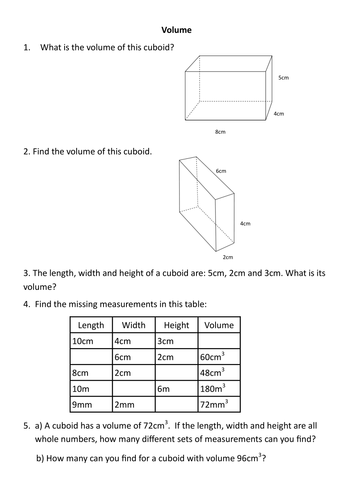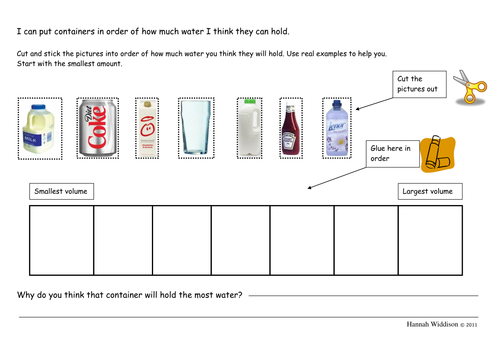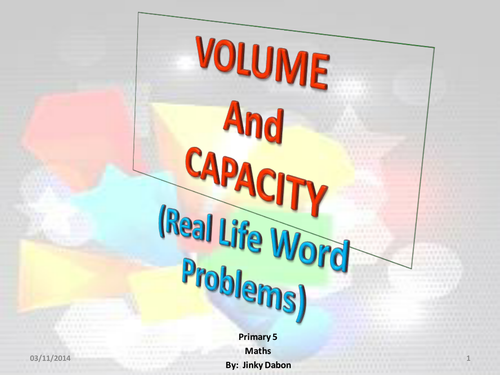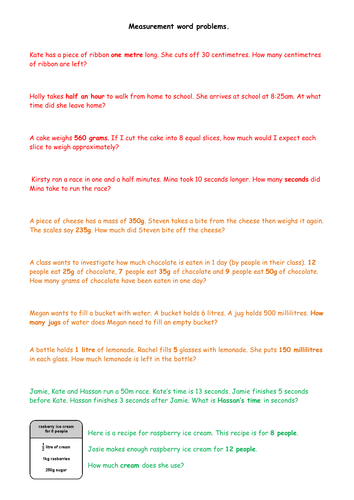Measurement: Length, weight, area and volume
In these chapters, pupils will be introduced to the concepts of length, weight, area and volume. They will have the opportunity to explore these using both non-standard and, later, standard units of measurement.
Throughout this learning journey, it is vital that pupils build their understanding of each concept using varied concrete representations and measuring equipment (eg, using water and vessels to show the connection between litres and pints).
In later chapters, pupils will start to generate formulae and use them to find the perimeter, area and volume of simple 2D and 3D shapes.
Each chapter will reinforce pupils’ understanding of place value and other topic areas. Usefully, the concepts covered in this topic allow for word problems to be set in real-life contexts, ensuring pupils see the application of their previous work on number.





